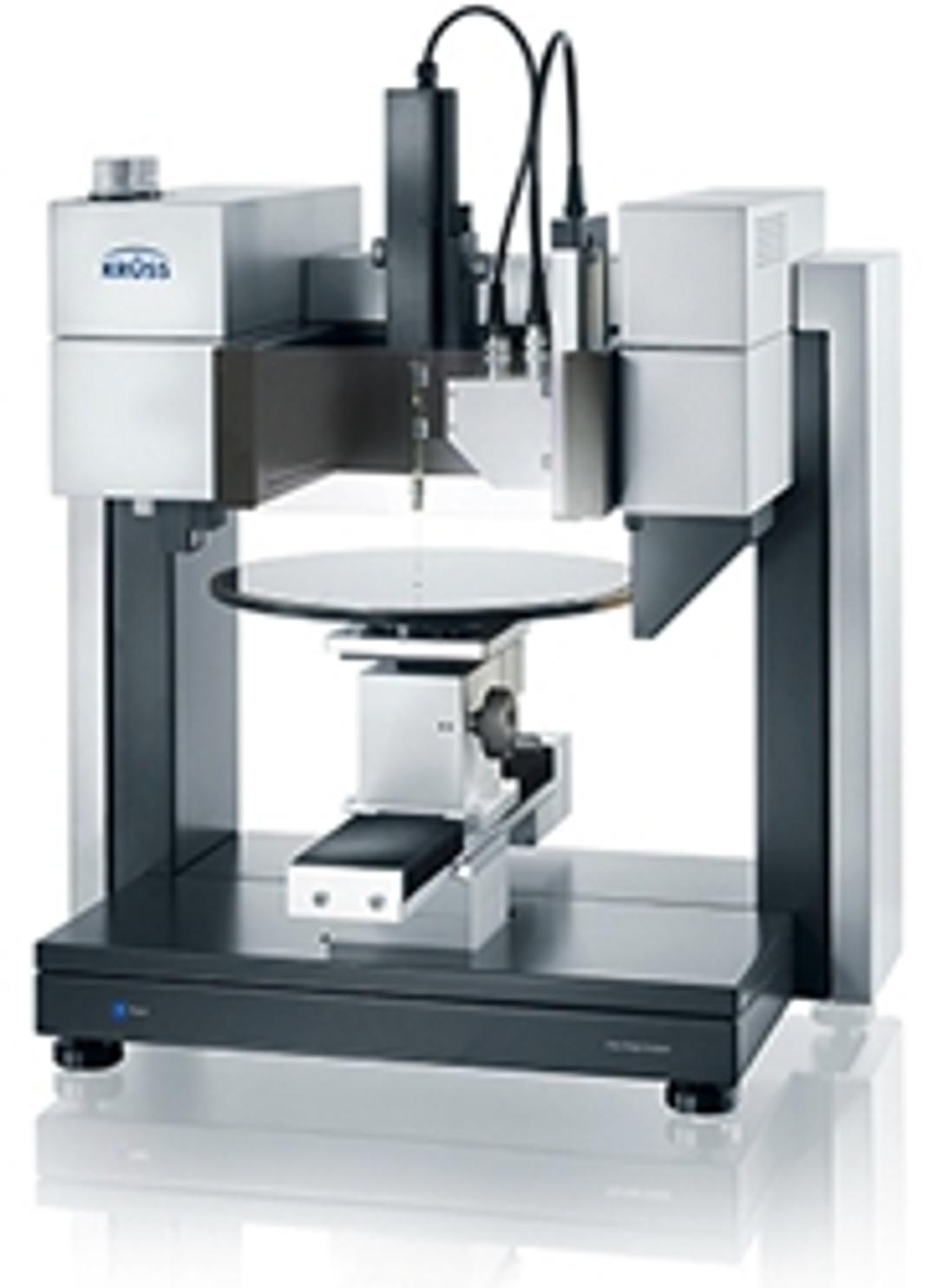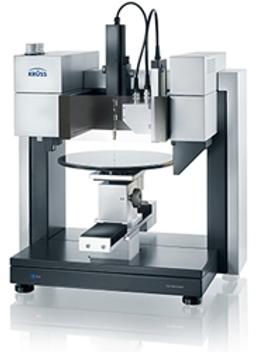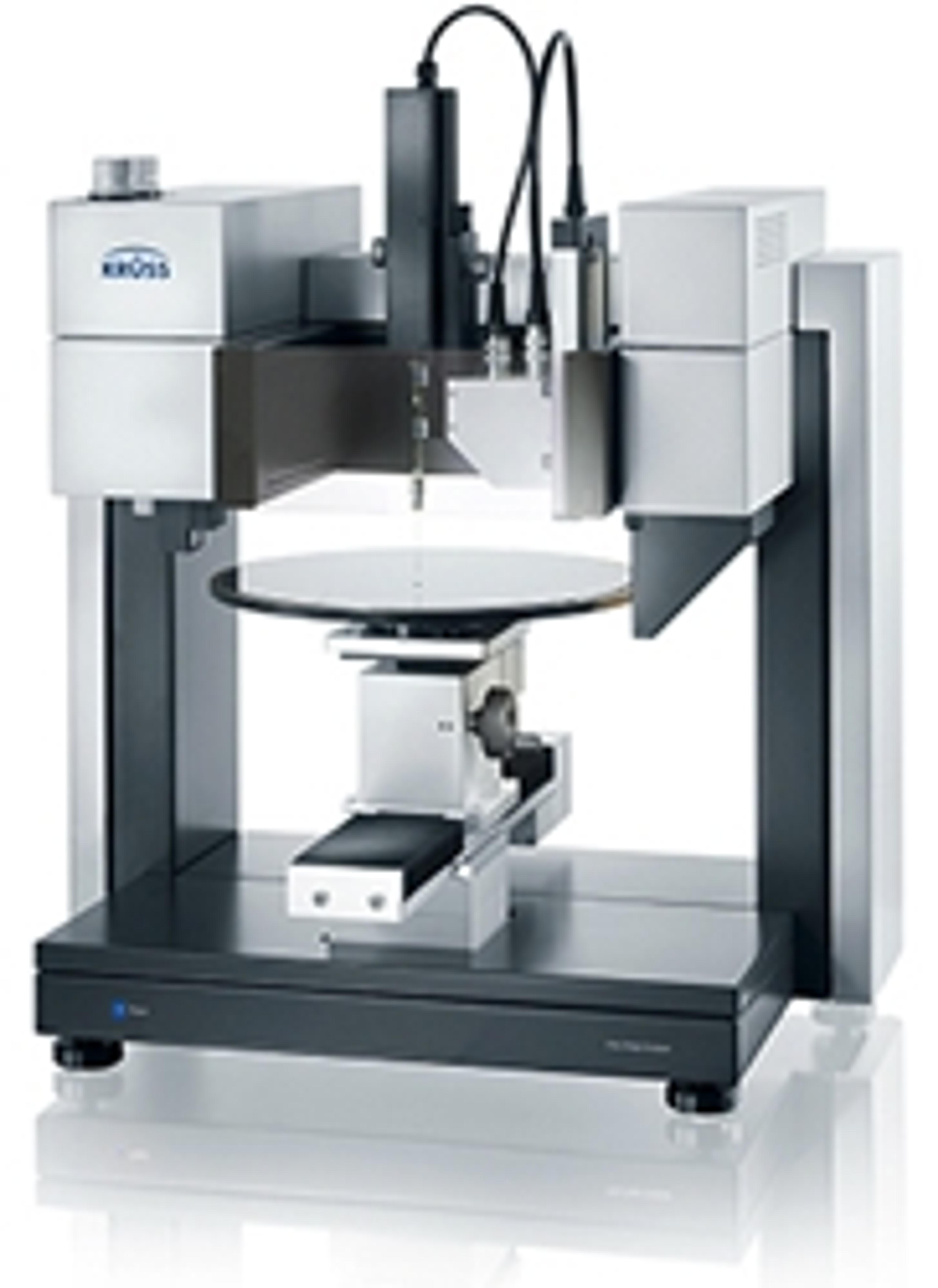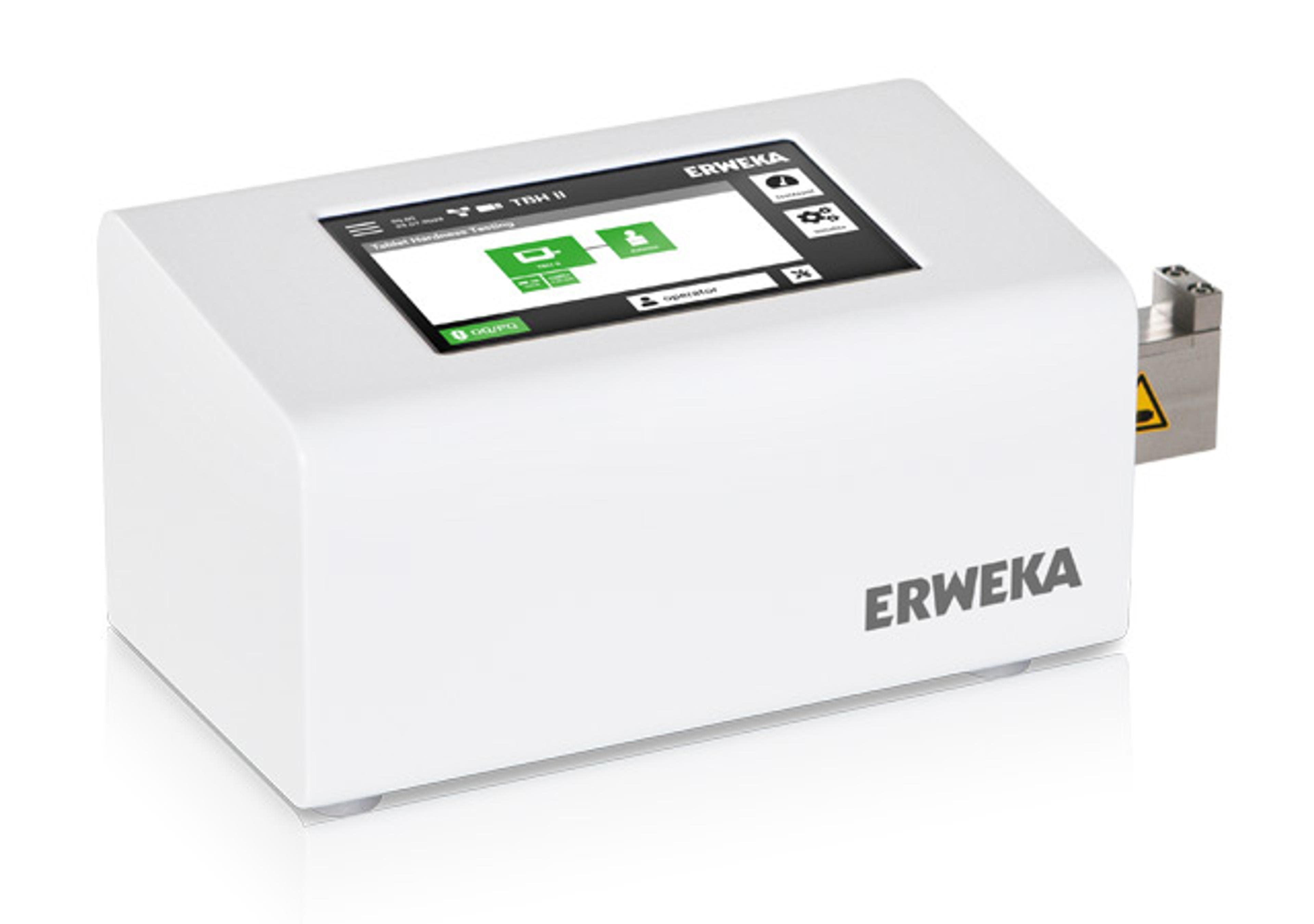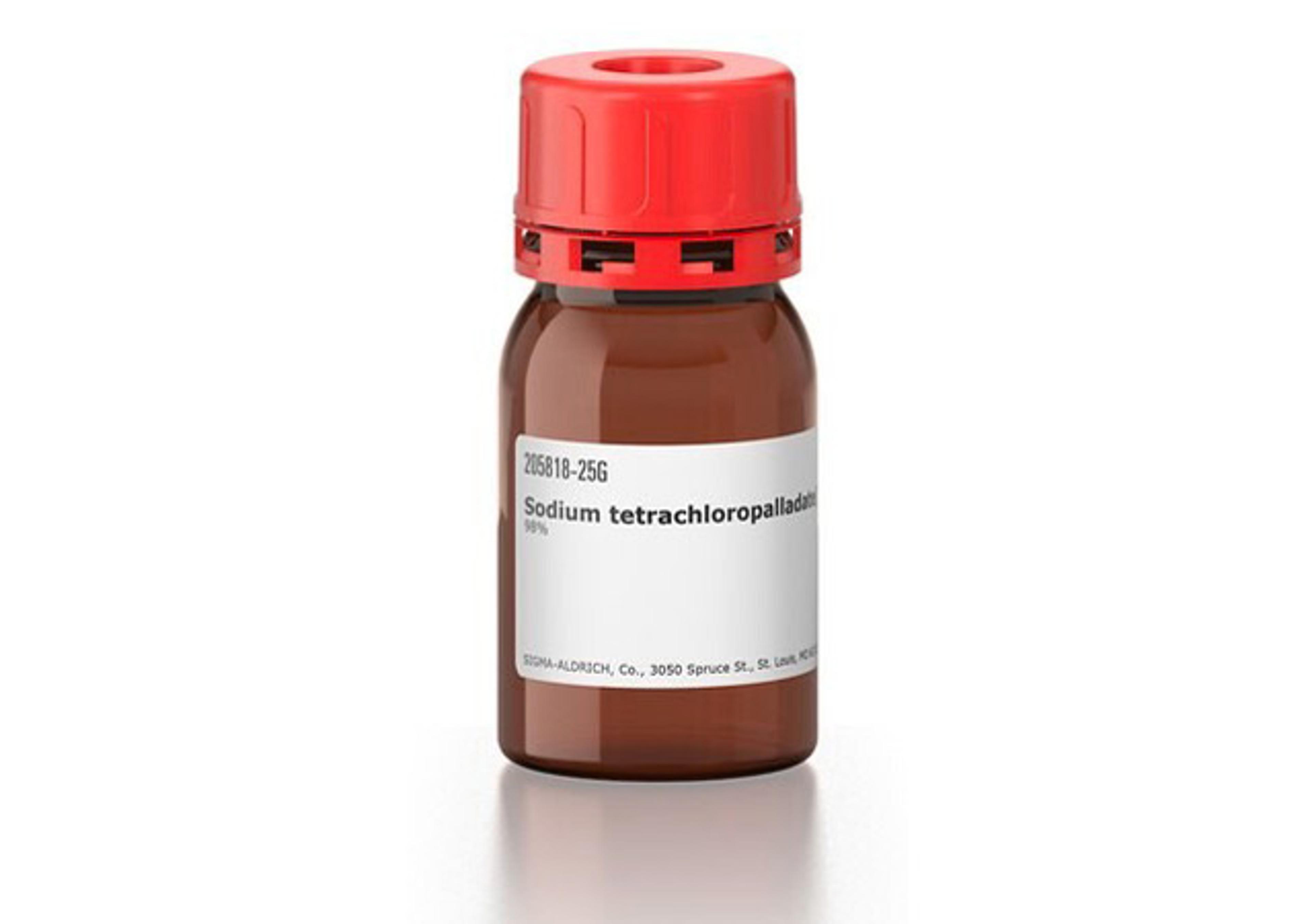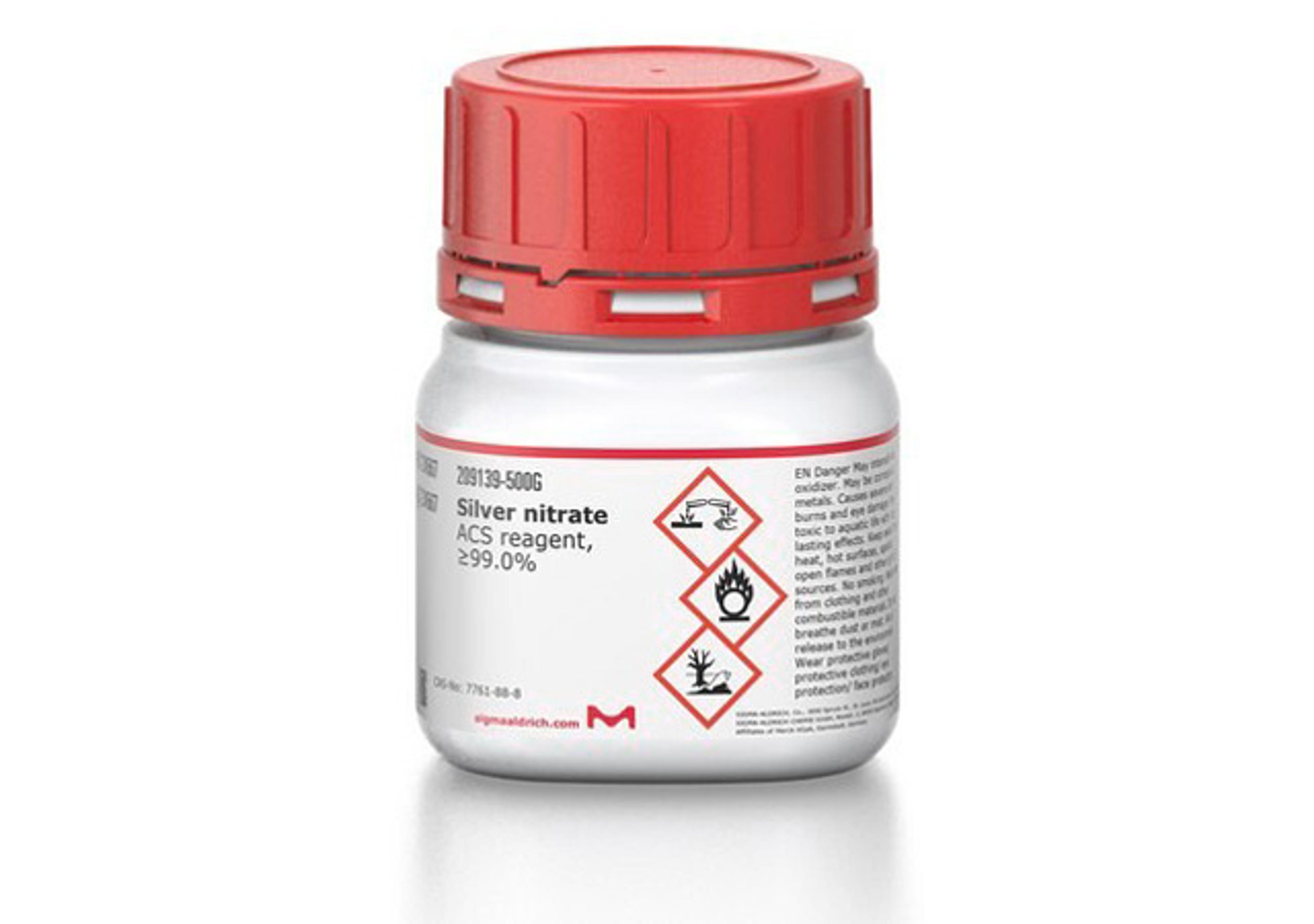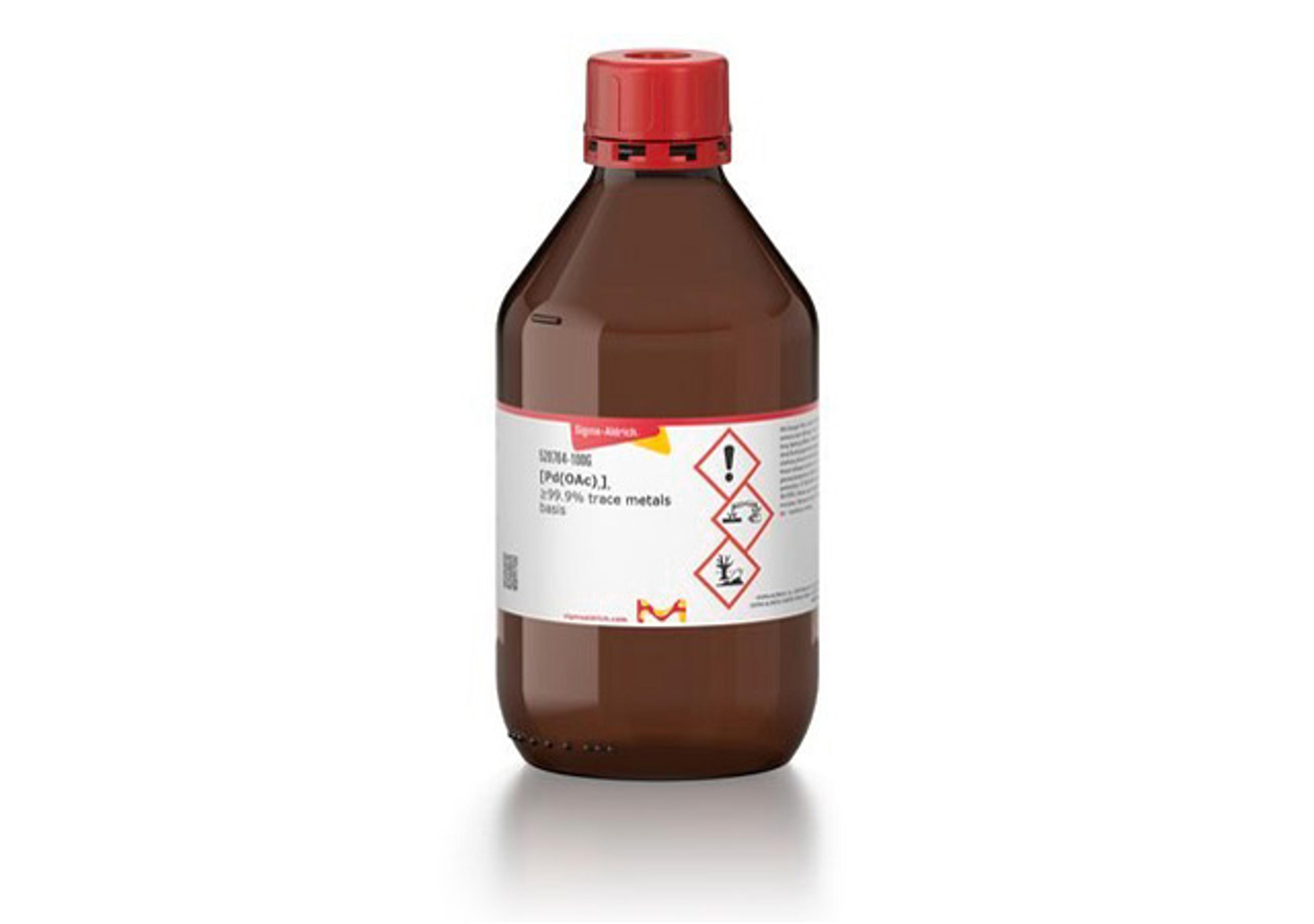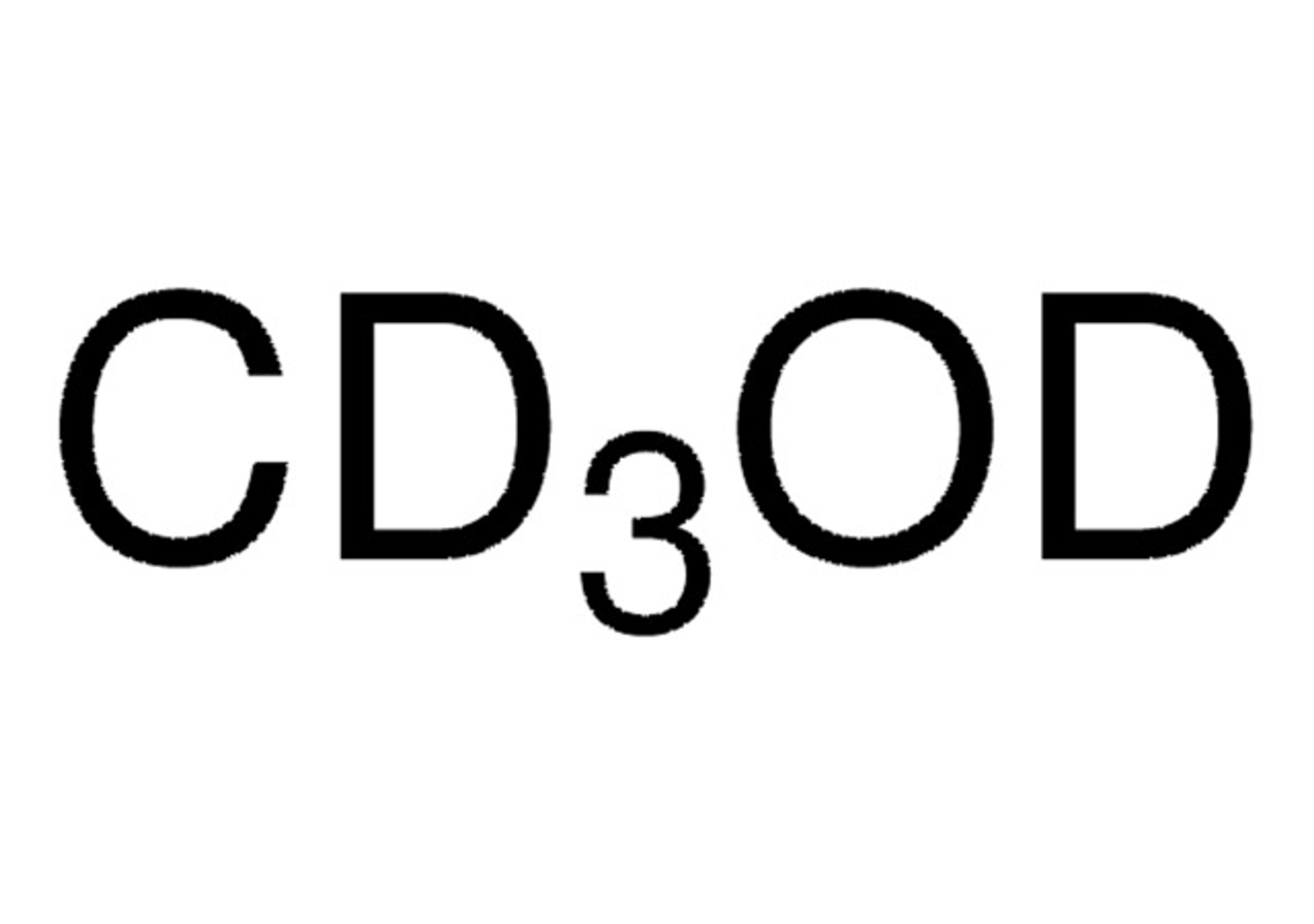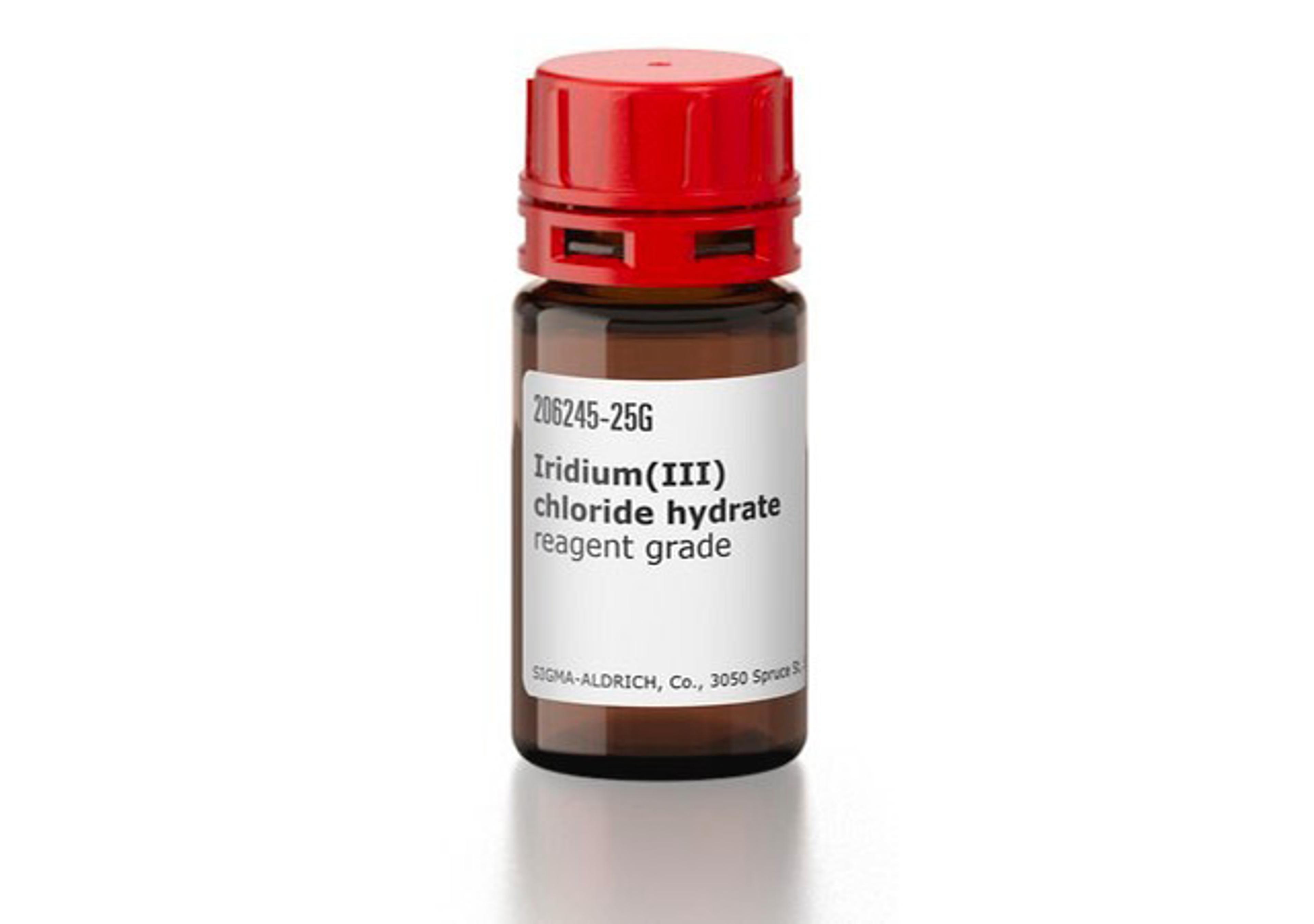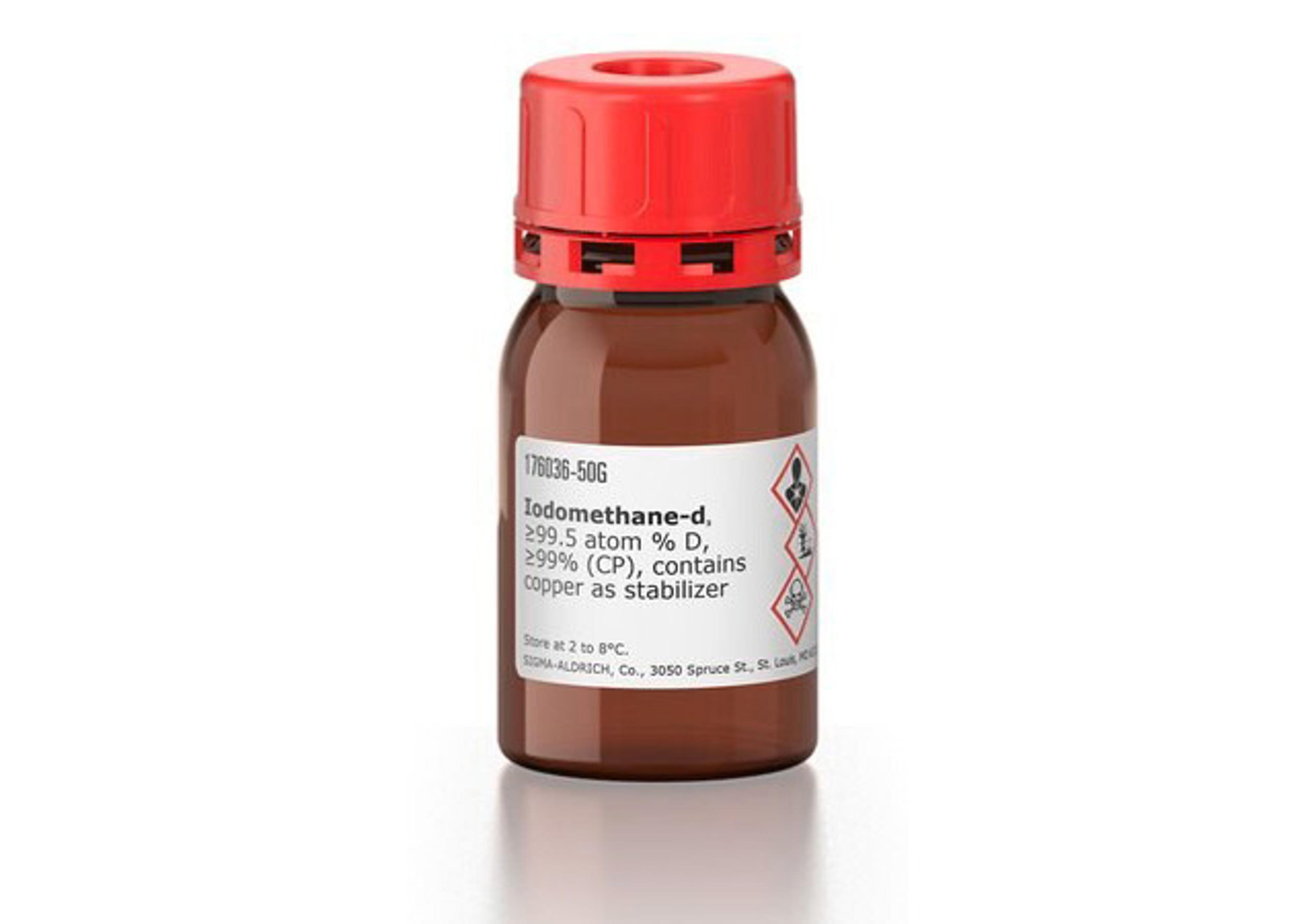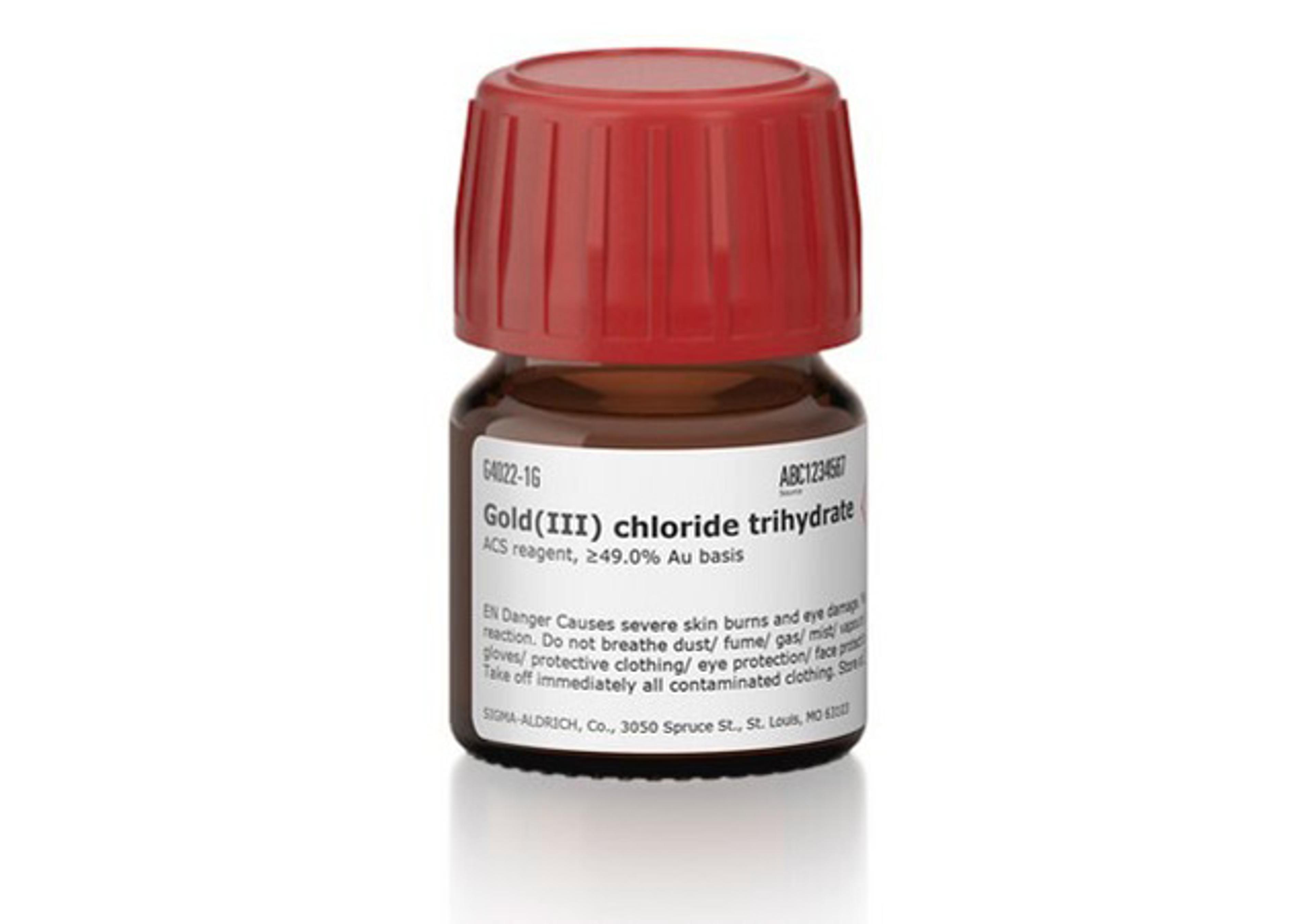Drop Shape Analyzer – DSA100
The universal, high-quality instrument for analyzing wetting and coating processes. DSA100 is our high-quality system solution for almost all tasks in the analysis of wetting and adhesion on solid surfaces. From the basic unit for precise measurement of the contact angle to the fully automatic expert instrument for serial measurement of surface free energy, we have the right DSA100 for your special requirements. We exactly ma…
The supplier does not provide quotations for this product through SelectScience. You can search for similar products in our Product Directory.
The results of the equipment are very nice.
Materials Science
The equipment is good. My students are working regularly.
Review Date: 16 Nov 2024 | KRUSS GmbH
A medical device company cannot live without a surface analyzer like DSA-100
Surface analysis of catheters
DSA-100 Drop Shape Analyzer is equipment for surface analysis of our medical device products. The surface hydrophilicity/ hydrophobicity is an important criterion for the proper use of the urinary catheter product. Not only that, we use it for surface/interface characterizations. The equipment is extremely useful for our surface characterization work in R&D. The manufacturer is an established reputable company that makes very reliable equipment for surface/interface analysis. There is a local service representative for servicing US users; however, they are not user-friendly. If there is an issue, the service charge is too much. On top of that, there is an annual equipment calibration charge. Overall the servicing is not very favorable.
Review Date: 25 Mar 2022 | KRUSS GmbH
The DSA-100 machine is a very useful tool. To continue to use it I require KRUSS's help.
Surface characterization of medical device parts
I have been using KRUSS USA's DSA100 instrument for the last 18 years in three (3) different medical device companies, Johnson & Johnson, CooperVision, and BD (Becton Dickinson). In fact, I initiated the purchase of Kruss's DSA100 instrument and its accessories in all these companies. In the first two companies, I used it very easily and the results were highly useful for making critical decisions. In the last-mentioned company, I saw the need for it and convinced the upper management to approve the purchase of one for our R&D center at Covington, GA. In fact, we got one in November of 2019. I couldn't use it in 2020 since I had other priorities. In 2021, I tried to use it but found that they had updated the software and the operation was not as easy to use as before. I contacted the company's USA branch where I purchased it from. I found out that their service is not as friendly as I encountered back while working with J&J and CooperVision. This branch is asking for as much as 10% of the original cost for any training we need in-house. I found this to be outrageous since asking for the purchase of this service may be prohibited by our management. Currently, I have a brand new DSA100 machine sitting idle without use. However, we need to use this machine routinely now. I don't know how I will resolve the issue. I am not happy with Kruss USA's service, while I know the quality of the instrument is great.
Review Date: 14 May 2021 | KRUSS GmbH
This is a great product that provides wealth of information regarding interfaces.
Surface characterization
DSA-100 is the flagship product from Kruss USA. Originally the product comes from the parent company Kruss in Germany. This is a state-of-the-art product for surface and interface characterization of liquids and solids. The instrument is quite easy to use and the software is very intuitive. Those who are involved in R&D and product development for medical devices which interact with our body parts, this is a must to understand the interaction and make robust product designs and development. This instrument is versatile in its applications across all products development which involves joining of two or more materials.
Review Date: 26 Nov 2019 | KRUSS GmbH
Surface Characterization
This equipment is very good for surface characterization purposes- determination of surface energy of different solid surfaces is very straight-forward and so is the determination of surface tension by pendant drop method. We also have a module which helps us determine interfacial tension of fluids. There are a couple of things that the manufacturer needs to give attention as part of continual improvement- first, update the software for easy manipulation of the data, for example export to Excel. Second, improve the captive bubble contact angle measurement capability in the equipment by adding automation of measurement by advanced software like LABVIEW and some improved equipment parts (for example, a syringe pump for controlling the bubble size, shapes for advancing and receding contact angle measurements; charting the data collection events in real time and calculating the CA).
Review Date: 22 Apr 2014 | KRUSS GmbH
The universal, high-quality instrument for analyzing wetting and coating processes.
DSA100 is our high-quality system solution for almost all tasks in the analysis of wetting and adhesion on solid surfaces. From the basic unit for precise measurement of the contact angle to the fully automatic expert instrument for serial measurement of surface free energy, we have the right DSA100 for your special requirements. We exactly match the individual, flexible and reliable components to your surfaces and processes.
We have developed all components of the DSA100 to provide solution-oriented support in the investigation and optimization of wetting and adhesion behavior. With up to three axes for sample positioning, the sample is moved quickly and reproducibly to the measuring positions. Measurement of the contact angle with up to 8 liquids ensures maximum accuracy when determining the surface free energy. Precisely controlled tempering and humidity chambers help to provide a realistic modeling of the process conditions. Our special sample tables optimize the investigation of wafers and ultrahydrophobic surfaces. High-tech solutions for optical components enable a time-saving, automatic image setup, and measurement of extremely fast wetting processes. They also allow measurements to be made on microscopically small samples.
Applications:
- Characterization of surface pre-treatment processes
- Investigation of the adhesion and stability of bonding and coating processes
- Investigation of coating substances in accordance with DIN 55660
- Checking the wettability of plastic, glass, ceramic, wood or metal
- Quality control for wafers and microelectronics
- Checking surface cleanliness
- Elasticity of liquid films
- Wetting of microscopically small surfaces

